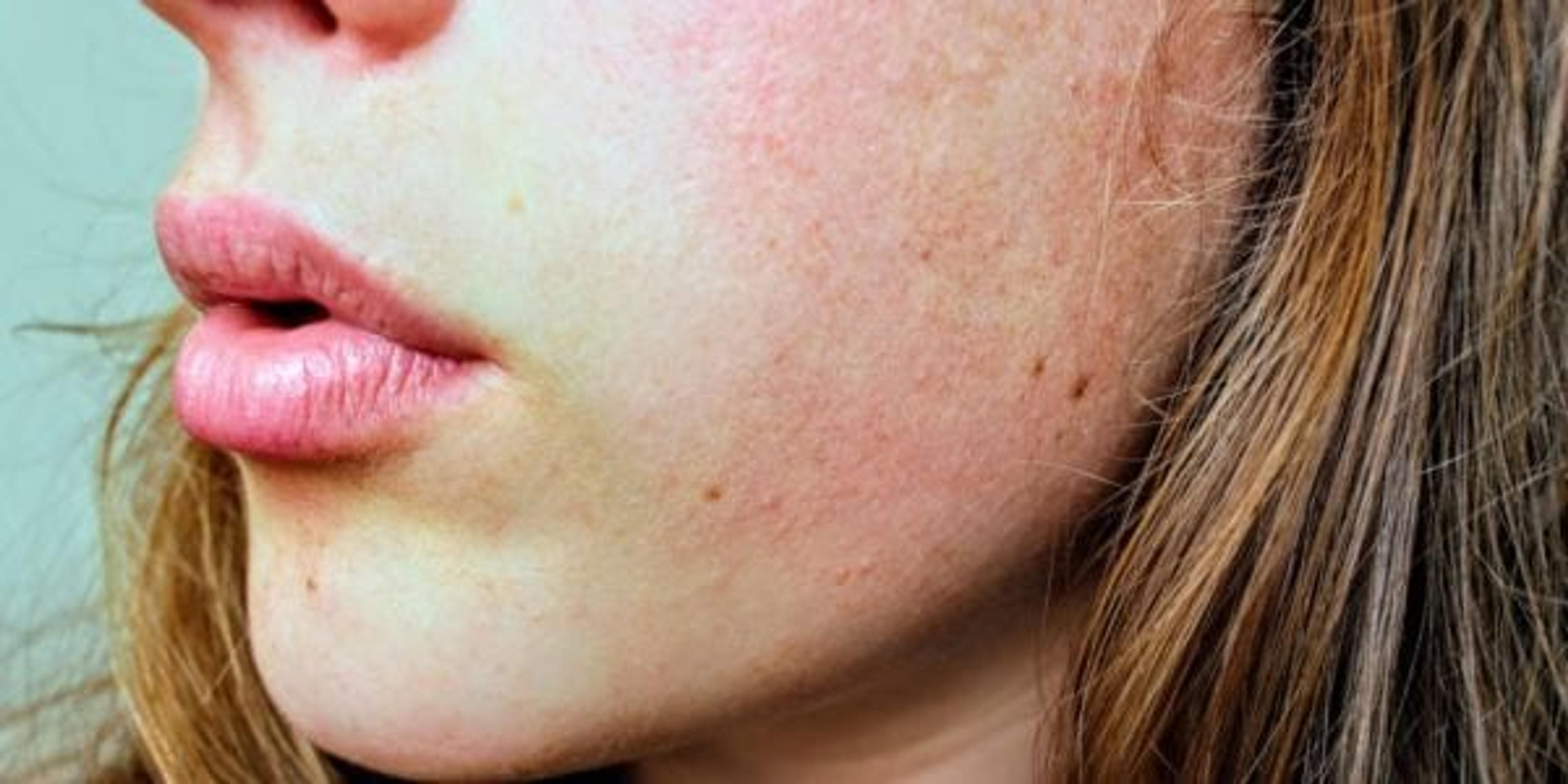Springtime allergies: How to avoid the “pollen-vortex”
| 2 min read

Spring has sprung. And for one in four of us, this change in season also means more sneezing, coughing and itchy eyes thanks to springtime allergies.
Because of the precipitation-heavy winter we experienced this year, experts are predicting a severe “pollen-vortex” is in the works, which means you’ll need to take extra precaution to avoid congestion all season long.
To achieve relief this season, the American College of Allergy, Asthma and Immunology (ACAAI) recommends that allergy suffers take the following steps:
- Monitor pollen and mold counts and limit outdoor activity when this number is particularly high.
- Keep windows and doors shut at home and in your car during allergy season.
- Take a shower, wash hair and change clothing after being outdoors working or playing since pollen can stick to you.
- Wear a mask when doing outdoor chores like mowing the lawn.
For many, allergy relief is just a drugstore counter away. But if you are someone who prefers not to take medication, there are several natural remedies that can also help ease your symptoms:
- Vitamin C: Because it’s a natural antihistamine, Vitamin C can help reduce daytime symptoms.
- Peppermint tea : Still have some left over from the holidays? Whip up a fresh cup to help ease your congestion when the pollen is particularly strong.
- Neti pot: This treatment – which involves rinsing your nasal cavity with a saline solution – has grown in popularity over recent years thanks to its fast and effective ability to clear stuffed-up sinuses.
- New air filter: After going through the winter, it’s important to start the spring season with a fresh, clean air filter in order to trap pollen before it gets into your home.
Photo credit: Brooke Novak





